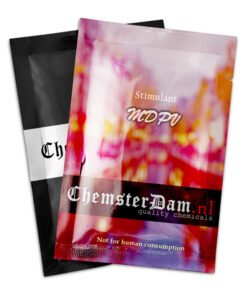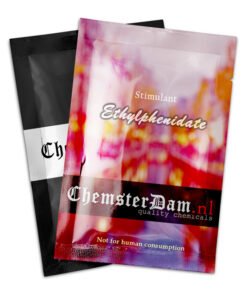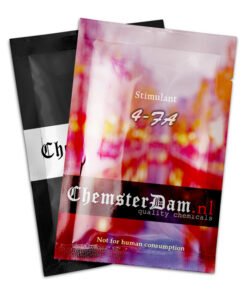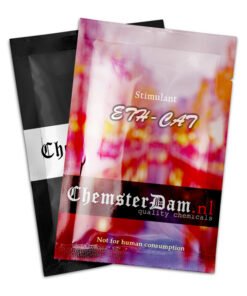MET
€16.45 – €411.00
Buy Clean and pure MET [>90.0%] direct from our online shop
Shipping to USA, EU, NZ, AU *
*for research purposes only. human consumption is against our terms of service.
as with most psychedelic tryptamines, met is thought to act principally as a 5-ht2a partial agonist. the psychedelic effects are believed to come from met’s binding efficacy at the 5-ht2a receptors. however, the role of these interactions and how they result in the psychedelic experience continue to remain elusive.
| bulk discount: | |
| 1 Gram | 16.45 |
| 3 Grams | 37.00 |
| 5 Grams | 51.50 |
| 10 Grams | 98.50 |
| 25 Grams | 226.00 |
| 50 Grams | 411.00 |











Reviews
There are no reviews yet.